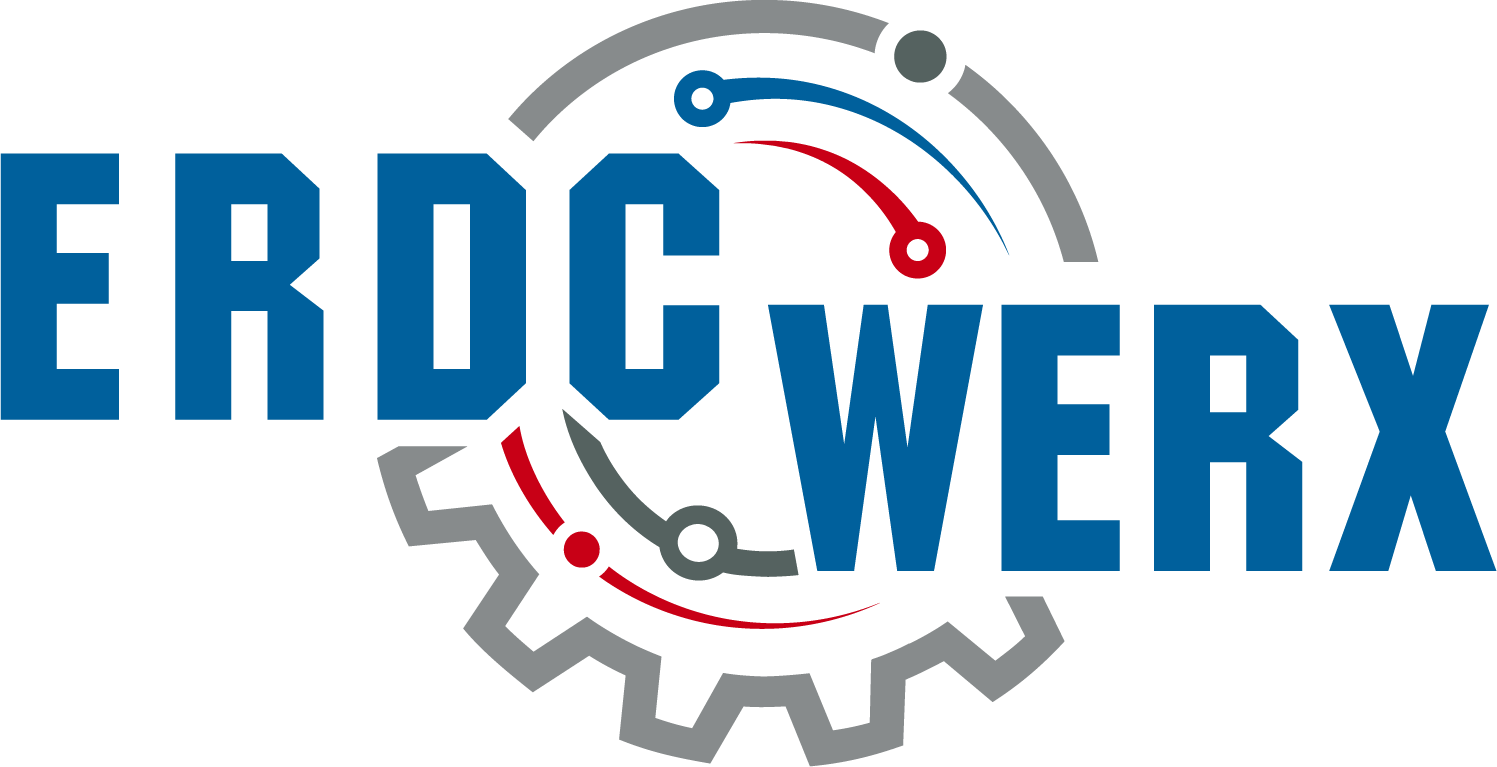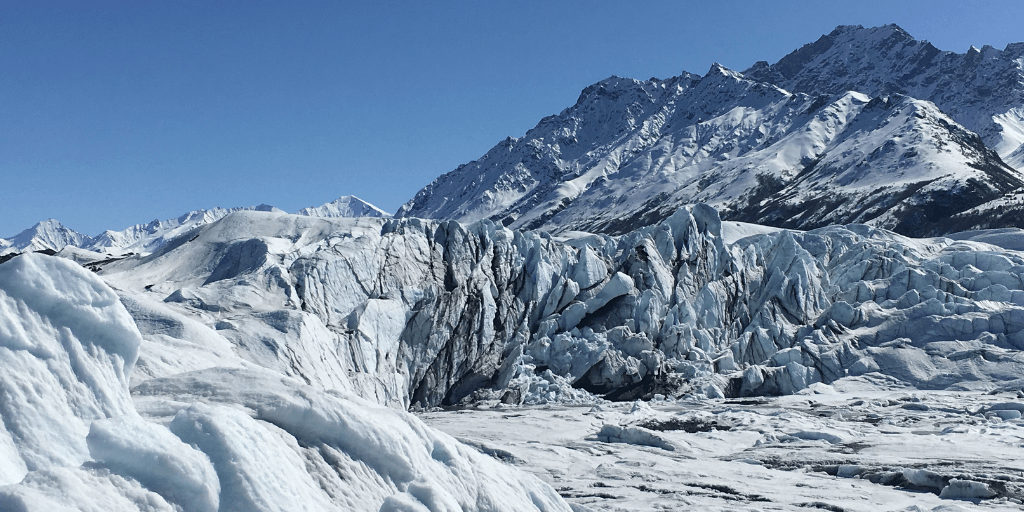Overview
The U.S. Army Engineer Research and Development Center (ERDC) has a need for testing items such as arctic batteries, small microgrids/microgrid components, and solar panels under extreme environmental conditions. Ideal solutions would enable this research by simulating extreme environmental conditions to include temperatures that range from at least -65°F to 120°F, have humidity control (at least for temperatures above freezing), and incorporate irradiation/illumination to replicate solar exposure.
Estimated Government Funding Profile
Up to $750K for a total solution, multiple solutions may be awarded
Estimated Period of Performance
Dependent on proposed solution. Desired solution delivery to ERDC’s Cold Regions Research and Engineering Laboratory (CRREL) would be completed within 6 months from the date of award, with a one-year install, training, and operations maintenance warranty period after delivery as appropriate/applicable to the solution.
Project Manager
Cold Regions Research and Engineering Laboratory (CRREL), U.S. Army Engineer Research and Development Center (ERDC)
Project Security Classification
☒ UNCLASSIFIED
☐ SECRET
☐ TS/SCI
Background and Problem Statement
Research Motivation: The Department of Defense (DoD) has issued clear directives for enhanced warfighting and logistics capability in the Arctic and decreased climate impact. High-performance energy and power capabilities for extreme cold weather are required to meet Combatant Command (CCMD) and military departments’ operational requirements in the Arctic. The Joint Force requires continuous, reliable power for sustained Arctic operations down to -65°F (-54℃) with an emphasis on reducing generator fuel resupply risks and providing scalable, flexible, and high-quality power for high energy demands. Meeting this directive requires testing facilities that can generate extreme environmental conditions for evaluating the performance of these potential energy solutions.
Description of Research Needs: Expanding what is described in the “Overview”, the government seeks solutions that can generate severe environmental conditions to test things like battery prototypes, small microgrids/microgrid components (including generators up to an Advanced Medium Mobile Power Source (AMMPS), and solar panels per MIL-STD-810H. The range of relevant environmental conditions (from MIL-STD-810H) that are required for our testing are listed below:
- Temperature range: -65 to 120°F (-54 to 49 °C)
- Humidity: greater than 95% RH for temperatures above freezing
- Temperature rate of change: at least 1, but up to 3°C per minute
- Solar exposure: up to 1120 W/m2 at 49°C
Currently, there are no solutions at CRREL capable of achieving all these conditions. Proposed solutions that partially address the relevant environmental conditions may still be considered. One or more solutions, in combination, may be considered to incorporate the full range of relevant environmental conditions desired.
Should a solution represent a physical enclosure, the following information would be appropriate to consider:
To accommodate the objects requiring testing and other associated testing apparatus (e.g., batteries, small microgrids/microgrid components, and solar panels), the enclosure should be large enough for two people to push a large pallet mover (with a payload of approximately 4ft by 4ft, weighing up to 600 pounds) through the entry point and maneuver the payload with at least 5ft by 5ft by 8ft (LxWxH) of space inside the enclosure to position the payload and testing materials.
The facility space available for solutions is in the sub-basement of the main lab building (see included photos). If this space is utilized for a proposed solution, the defunct existing chamber would be removed (see included photos; the defunct chamber is the blue box. This is not a cold chamber that can be repurposed and is scheduled for removal). Removal of the defunct box would not be the responsibility of the offeror. There is limited space to the left and right of the old chamber (see included photos) that would need to be retained for instrumentation. As a point of reference, the exterior dimensions of the blue box shown are 12ft x 13ft x 9ft (LxWxH).
The location of the potential solution space identified is approximately 120 feet from the exterior wall. The air in the sub-basement is typically dusty, and the room temperature is usually around 65 °F. The list below includes existing infrastructure that may be utilized in the proposed solution if said solution necessitates them:
Waste heat removal:
- Cold glycol (as cold as -30°F) for the existing cold rooms complex is approximately 150’ away horizontally and one story up and could be considered as a cold sink
- Potential space roughly 150’ away outside for air-cooled condensers (see included photos)
- Roof-mounted condensers (3 or 4 stories up)
- Wastewater from a nearby vacuum liquid ring pump
- Municipal water
Electrical availability: 480 3-phase, 120/208 3-phase
Desired End State
The desired outcome of this individual program requirement is the ability for CRREL to conduct research that simulates the extreme environmental conditions needed to perform testing that conforms to MIL-STD-810H. One or more solutions, in combination, may be considered to incorporate the full range of relevant environmental conditions desired.
Depending on the nature of the solution, the Government may require assistance with the delivery, installation, and set-up of the solution at ERDC-CRREL in Hanover, NH, as well as on-site user training for the government team members. The Government may also require at least a one-year warranty period, and technical support to provide troubleshooting and assistance as needed by phone for any issues with basic usage and operations.
Evaluation Criteria
Submissions will be evaluated based on the criteria described in ERDC’s CSO Solicitation document. Evaluations will be conducted by a project team comprised of nationally recognized government experts. Submissions for this project may be shared with other ERDC teams when there appears to be a fit with other projects being undertaken or planned by ERDC researchers.
Notional Project Schedule
Proposed project milestones include:
| June 9, 2023 | Submissions Open |
| July 10, 2023 | Submissions Close (Deadline Extended) |
| July 14, 2023 | ERDC Selects Final Candidates |
| July 17-28, 2023 | Scope Collaboration |
| August 4, 2023 | Full Proposal Submission |
| August 11, 2023 | Full Proposal Evaluation |
| By or Before September 30, 2023 | Anticipated Contract Award |
*If needed; dates may vary to accommodate project team and participant availability.
How to Participate
Qualified parties may submit by completing a submission form and uploading required documentation as defined in the CSO Solicitation document.
1. Develop proposal in solution brief format (download solution brief template)
2. Complete the submission form; attach solution brief and pitch deck PDF(s)
Submission Instructions: This solicitation is issued consistent with the authority granted to the U.S. Army Engineer Research and Development Center (ERDC) through the establishment of its Commercial Solutions Opening (CSO), W913E523SC001, with a focus on the mission of the Cold Regions Research and Engineering Laboratory. Submissions must follow the requirements as detailed in the CSO Solicitation document.
Questions:
The timeframe to submit a question has closed.
Submissions must meet stated requirements and be received no later than 12:00 pm CST on Monday, July 10, 2023.
ERDC-CRREL is conducting this project announcement on a full and open basis and intends to award contracts in accordance with FAR part 12 and the FAR part that is deemed most appropriate for the solution proposed (i.e. FAR part 13, 15, and/or 35); the government reserves the right to award prototype agreements (e.g. Other Transaction Agreements), in accordance with 10 U.S.C. 4022, if deemed appropriate and in the government’s best interest.


